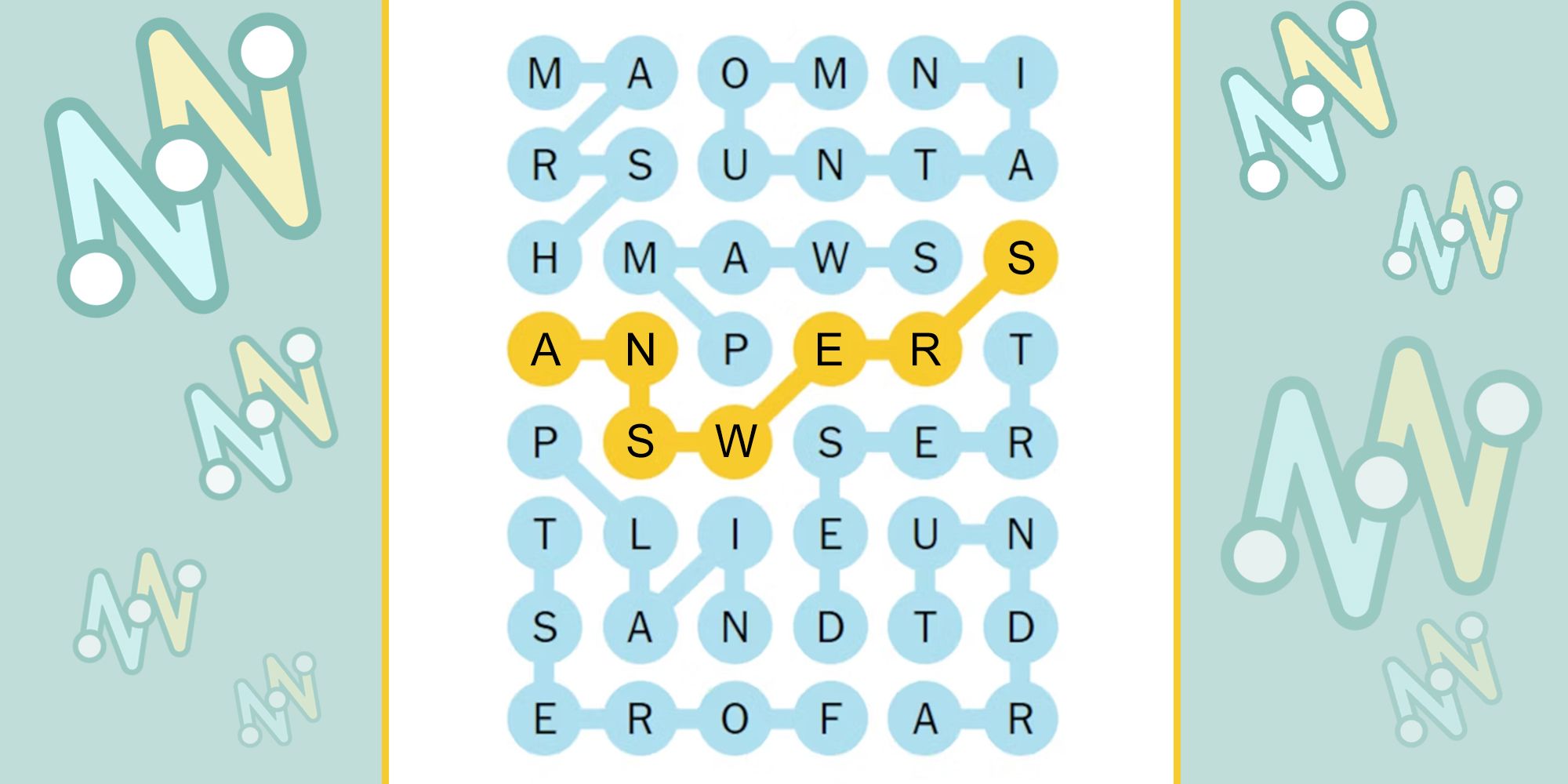Improving Vehicle Safety For Drivers With ADHD: Research Findings And Practical Tips

Table of Contents
Understanding the Challenges: ADHD and Driving
ADHD presents several distinct challenges to safe driving. The core symptoms – inattention, impulsivity, and hyperactivity – directly translate into increased risk-taking behaviors behind the wheel. These difficulties often manifest as:
- Difficulty maintaining attention on the road: Individuals with ADHD may experience lapses in concentration, leading to missed signals, slower reaction times, and decreased awareness of surrounding vehicles.
- Impulsive lane changes or speeding: The impulsive nature of ADHD can result in sudden, unsafe maneuvers without proper consideration of traffic conditions.
- Problems with spatial awareness and judging distances: This can lead to close calls and accidents, particularly when parking or merging lanes.
- Challenges with following traffic rules and regulations: Difficulties with organization and planning can make it harder to remember and follow traffic laws consistently.
- Increased susceptibility to distractions: Internal and external distractions (phone calls, music, thoughts) can easily divert attention, compromising driving focus. This is further compounded by the already present attention deficits.
Research Findings on Driving and ADHD
Research consistently demonstrates a correlation between ADHD and increased driving risk. While precise accident rate statistics specifically attributable to ADHD are limited due to the complexity of data collection, several studies highlight impaired driving performance in individuals with ADHD.
- Statistics on accident rates: Although pinpointing exact figures is challenging, several epidemiological studies suggest a statistically significant increase in accidents and traffic violations among individuals with ADHD compared to neurotypical drivers. More research is needed to isolate these figures from other contributing factors.
- Specific cognitive impairments: Studies using driving simulators have shown that individuals with ADHD exhibit deficits in sustained attention, reaction time, and executive functions – all crucial for safe driving.
- Impact of medication: Medication for ADHD can improve attention and impulse control, potentially enhancing driving safety. However, some medications may also cause side effects like drowsiness or dizziness, requiring careful monitoring and communication with healthcare providers.
- The role of driving simulators: Driving simulators are valuable tools in assessing driving performance in individuals with ADHD, providing a controlled environment to identify specific areas of weakness and tailor interventions.
Practical Strategies for Safer Driving with ADHD
Implementing practical strategies can significantly enhance driving safety for individuals with ADHD. These strategies focus on minimizing distractions, managing impulsivity, and enhancing attention.
- Adjust driving routes: Plan routes to avoid heavy traffic and complex intersections, reducing cognitive load and the potential for errors.
- Utilize GPS navigation: GPS systems minimize the need for constant map reading, freeing up cognitive resources for focusing on driving.
- Practice mindfulness and relaxation: Before driving, engaging in mindfulness exercises or relaxation techniques can help improve focus and reduce stress.
- Manage impulsivity: Employ coping mechanisms like deep breathing exercises to control impulsive reactions and prevent unsafe maneuvers.
- Minimize in-car distractions: Avoid using cell phones, keep music at a moderate volume, and ensure the vehicle is clutter-free to reduce distractions.
- Regular vehicle maintenance: Properly maintained vehicles are safer vehicles, reducing the potential for mechanical failures while driving.
- Avoid driving when fatigued or stressed: Driving when tired or emotionally overwhelmed significantly increases the risk of accidents.
The Role of Medication and Therapy
Medication and therapy play crucial roles in managing ADHD symptoms and improving driving safety.
- Medication: Stimulant and non-stimulant medications can improve attention, focus, and impulse control, but it's essential to discuss potential side effects with a healthcare provider. Open communication is key to ensuring medication is managed safely and effectively.
- Cognitive Behavioral Therapy (CBT): CBT equips individuals with strategies to manage challenging driving situations, developing coping mechanisms and improving self-regulation skills.
- Driving assessments and rehabilitation: Professional driving assessments can identify specific driving weaknesses, while rehabilitation programs offer targeted training to improve skills and address identified deficits.
Supporting Loved Ones of Drivers with ADHD
Family and friends play a vital role in supporting individuals with ADHD to drive safely.
- Open communication: Express concerns openly and honestly, but avoid being overly critical or judgmental. Focus on solutions and support.
- Offer practical assistance: Help with navigation, route planning, or even driving in unfamiliar areas.
- Encourage professional assessments: Support participation in driving assessments and rehabilitation programs if necessary.
- Create a supportive environment: Promote understanding, patience, and encouragement.
Improving Vehicle Safety for Drivers with ADHD: Key Takeaways and Next Steps
Improving vehicle safety for drivers with ADHD requires a multifaceted approach. This involves understanding the challenges posed by ADHD symptoms, leveraging research-based strategies, and utilizing appropriate medical and therapeutic interventions. By implementing the practical tips outlined above and engaging in open communication with healthcare professionals, individuals with ADHD can significantly enhance their driving safety. We encourage you to discuss any concerns with your doctor, consider professional driving assessments if necessary, and actively implement the strategies discussed in this article to improve vehicle safety for drivers with ADHD. Remember, proactive measures are crucial for ensuring safe and responsible driving for everyone.

Featured Posts
-
 Nyt Strands Solutions Hints And Answers For March 3 2025
Apr 29, 2025
Nyt Strands Solutions Hints And Answers For March 3 2025
Apr 29, 2025 -
 2025 Nfl International Series Green Bay Packers Potential For Two Away Games
Apr 29, 2025
2025 Nfl International Series Green Bay Packers Potential For Two Away Games
Apr 29, 2025 -
 Shen Yun A Graceful Return To Mesas Stage
Apr 29, 2025
Shen Yun A Graceful Return To Mesas Stage
Apr 29, 2025 -
 Supreme Court Ruling Trans Rights And Gender Critical Perspectives
Apr 29, 2025
Supreme Court Ruling Trans Rights And Gender Critical Perspectives
Apr 29, 2025 -
 Nyt Spelling Bee February 12 2025 Complete Solution And Spangram
Apr 29, 2025
Nyt Spelling Bee February 12 2025 Complete Solution And Spangram
Apr 29, 2025
Latest Posts
-
 Nevsehir De Kaygan Zemin Yueksekten Duesme Kazasinin Detaylari
Apr 30, 2025
Nevsehir De Kaygan Zemin Yueksekten Duesme Kazasinin Detaylari
Apr 30, 2025 -
 Yueksekten Duesme Kazasi Nevsehir De Kaygan Zemin Felaketi
Apr 30, 2025
Yueksekten Duesme Kazasi Nevsehir De Kaygan Zemin Felaketi
Apr 30, 2025 -
 Nevsehir De Goeruenmez Tehlike Kaygan Zemin Yueksekten Duesmeye Neden Oldu
Apr 30, 2025
Nevsehir De Goeruenmez Tehlike Kaygan Zemin Yueksekten Duesmeye Neden Oldu
Apr 30, 2025 -
 Tyumen Posle Obrusheniya Gorki Postradavshie Otkazalis Ot Gospitalizatsii
Apr 30, 2025
Tyumen Posle Obrusheniya Gorki Postradavshie Otkazalis Ot Gospitalizatsii
Apr 30, 2025 -
 Nevsehir De Yueksekten Duesme Kazasi Kayma Nedeniyle Meydana Gelen Olay
Apr 30, 2025
Nevsehir De Yueksekten Duesme Kazasi Kayma Nedeniyle Meydana Gelen Olay
Apr 30, 2025
